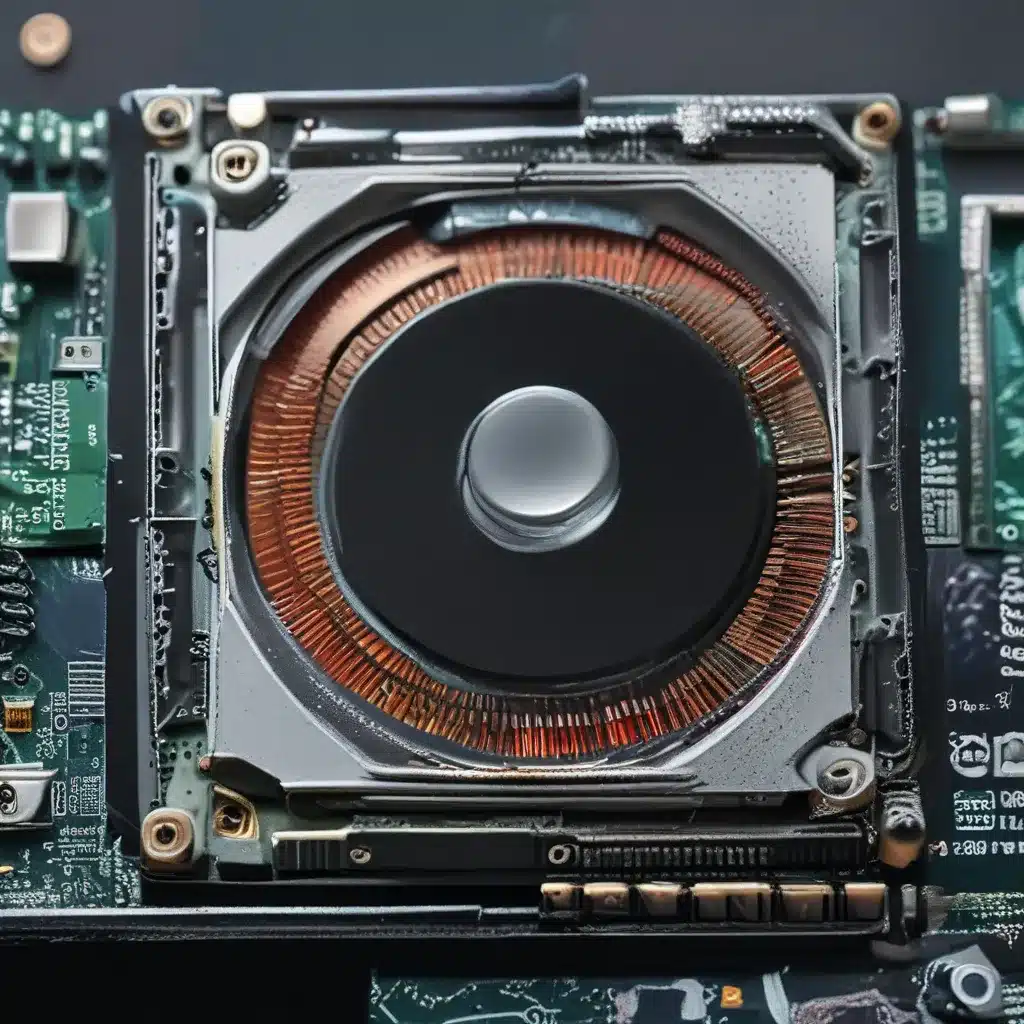
The Cautionary Tale of My Broadband Studio
Most of us have heard the age-old adage, “If it ain’t broke, don’t fix it.” And to be honest, that’s been my guiding principle for a long time. As a tech enthusiast, I’ve always been cautious about making unnecessary changes to my systems, preferring to let well-enough alone.
However, my recent experience with my Broadband Studio has made me rethink this approach entirely. You see, I had this meticulously configured Mac mini running OS X Mountain Lion, the 9th major version of Apple’s desktop operating system. It was the heart of my studio, responsible for handling all the audio routing, green screen chroma key, and other critical broadcast functions. And it had been working perfectly – until yesterday.
As I recounted on ZDNet, everything fell apart when Google released Chrome 50, which dropped support for older OS versions like Mountain Lion. Suddenly, the applications I relied on, like Gmail, Google Calendar, and my conferencing software, stopped working. It was a nightmare trying to get my webcast up and running, as I had to constantly battle alerts about unsupported plugins and incompatibilities.
The Perils of “If It Ain’t Broke, Don’t Fix It”
The harsh reality is that in the world of technology, the “if it ain’t broke, don’t fix it” mentality is no longer a viable approach. As much as it pains me to say it, we need to upgrade, even if we know it will inevitably break some of our other software.
The problem is that while some systems won’t run on older platforms, other software won’t run on newer platforms. This creates a natural conflict, where upgrading introduces new problems, and many people are understandably reticent to perform those upgrades.
However, the consequences of not upgrading can be severe. Cybersecurity exploits often take advantage of older software, and without updates, your system becomes increasingly vulnerable. And as my experience with the Broadband Studio shows, critical applications can suddenly become obsolete, leaving you scrambling to find workarounds.
The New Upgrade Mindset
So, what’s the solution? Instead of the old “if it ain’t broke, don’t fix it” mantra, we need to adopt a new mentality: “If there’s an upgrade, do it, no matter what.”
I know, it’s a hassle. Upgrading can be a pain, and it often means dealing with compatibility issues and broken software. But the truth is, we’re now in a “pay now or pay later” world when it comes to upgrades. If we wait, a critical system could blow up at the worst possible moment.
The key is to plan for these upgrades and be proactive about them. As a computer repair service in the UK, I always recommend waiting a little while after a major upgrade is released, just to give the bugs and kinks time to be worked out. But after that, it’s time to bite the bullet and make the switch.
Embracing the Upgrade Cycle
Now, I know what you’re thinking: “But what about all the software I’ll have to replace?” It’s a valid concern, and one I’m facing myself as I upgrade my Broadband Studio from Mountain Lion to Yosemite. A lot of my media production apps are going to stop working, and I’ll need to find new replacements.
But you know what? That’s just part of the upgrade cycle. As we move forward, we need to be prepared to regularly replace and update our software. It’s not going to be a one-time effort, but an ongoing process.
And you know what? I’m kind of excited about it. As the Stack Overflow blog pointed out, there are a lot of opportunities for optimization and improvement in modern software. By embracing the upgrade cycle, we can help push the industry towards faster, more reliable, and more efficient applications.
The Future of Software Upgrades
Of course, this is all easier said than done. There are plenty of forces and incentives working against us, from business pressures to customer expectations. But I believe that as developers and tech enthusiasts, we have the power to make a difference.
We need to be willing to speak up, to insist on setting aside time for technical debt, to persuade our employers to sponsor open-source projects. It won’t be an easy fight, but it’s a necessary one if we want to see real improvements in the software we use every day.
And who knows, maybe one day we’ll look back on this period and marvel at how far we’ve come. Maybe we’ll see a future where software upgrades are seamless, where our apps are lightning-fast and rock-solid reliable. It’s a lofty goal, but one that I believe is worth fighting for.
So, the next time you’re faced with a software upgrade, don’t hesitate. Embrace it, even if it means a little short-term pain. Because in the long run, it’s the only way to ensure your computer – and your digital life – stays in top shape.












